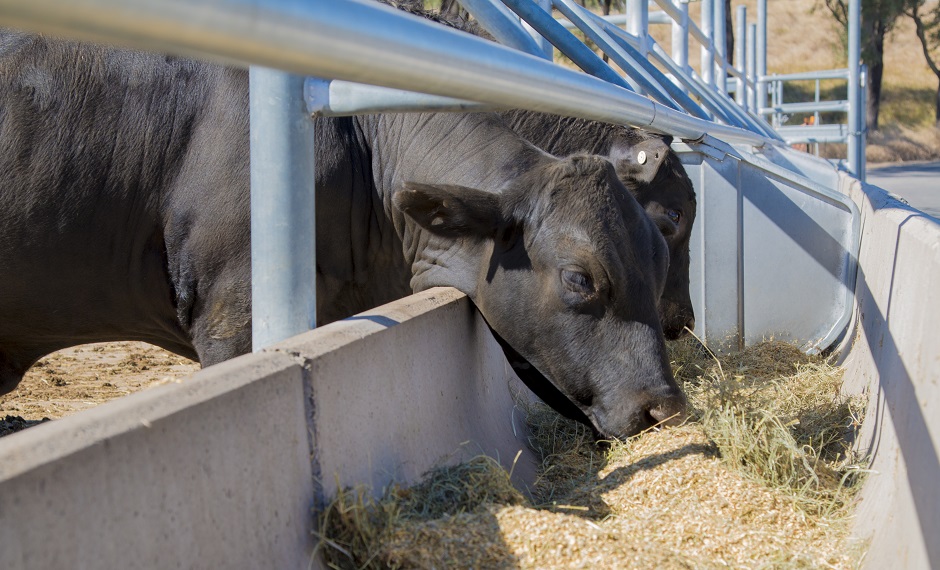
Cattle in a feed lot – an example of intensive farming.
When it comes to climate change, agriculture and the livestock industry often get a bad rap. Around 11.6 per cent of human-related greenhouse gas emissions come from farmed ruminants – animals such as cattle, sheep and goats.
While this has bad implications for climate change, it also presents opportunities to mitigate emissions and reduce livestock’s carbon footprint.
A new report led by the Food Climate Research Network at the University of Oxford, and involving our researchers and a number of international research institutes, studied the extent of emissions and various claims around reducing emissions.
Co-lead author and PhD Candidate Cécile Godde said the report focussed on the grass-fed beef industry and its impact on climate change.
“This report is about giving a balanced overview of the knowledge amassed on grazing systems, covering modelling as well as data from different grazing systems in real world trials,” said Ms Godde.
“We found that grazing systems are not a climate mitigation solution through their role in sequestering – or capturing – carbon in the soil, as some suggest. All livestock systems, including grazing systems are net emitters of greenhouse gases.”
What can we do about it?
The good news is that improvements can be made, with reductions of between 4 – 11 per cent of emissions in the livestock sector (or between 0.6 – 1.6 per cent of total annual greenhouse gas emissions) possible through the adoption of improved grazing management.
However, Ms Godde said there is an overlooked complexity to grazing systems that makes improvements very context specific.
“Worldwide, farmers are faced with different soil, climate, feed and livestock breed scenarios, which interact in complex ways,” she said.
“This means that a solution that works in one region won’t necessarily work in another, making this a significant policy area where governments at country and subnational levels need to work with their farmers.”
Separately to this report, technologies such as feed supplements and whole of landscape management practices also hold promise for changing the industry’s greenhouse gas footprint. We are also working on livestock efficiency, aiming to increase productivity from less feed intake, which would have a positive effect on methane emissions.
Challenges remain
The report also found that while it is possible to sequester carbon in the soil, this is only of time-limited benefit as soils reach carbon equilibrium within a few decades, and from that point onwards equal amounts of carbon flow out as they flow in.
Complicating matters is that carbon sinks are also reversible – what can be done, can be undone. Soil carbon stocks can increase through good soil management, but also be lost through bad management or climatic fluctuations such as a drought or fire.
Ruminants are also well known for expelling methane, which is a potent greenhouse gas around 30 times more harmful than CO2. Unlike CO2, methane is transient and disperses in the atmosphere. However, the report refutes claims that this means that methane is not a problem, showing that its greenhouse impacts continue as long as sources of methane (including the ruminant livestock sector) continue to exist. The report concludes that reducing the demand for livestock products is a viable approach to minimising greenhouse gas emissions.
“This report is about finding the least bad options for feeding the world in a sustainable way,” said Ms Godde.
A future report will study the relationship between livestock systems and biodiversity.


11th February 2018 at 7:02 pm
A quick skim of the report (it is very long) leaves me with the following questions:
How does the climate impact of ruminants compare with that of kangaroos?
How does the overall climate impact of people eating animal sourced foods compare with that of the farts of
vegetarians eating lentils and pulses?
Pingback: Grazed and Confused? – Cecile Godde's blog